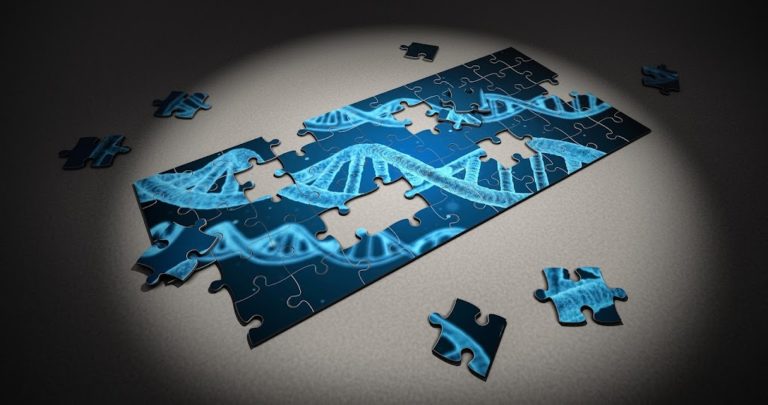Joints and Connective Tissues Causing Back Pain.
The joints connect with tissues that work with the muscles and bones. The joints connect with tissues to conjunction bones and enforce these two bones to move. In short, joints are articulates that rest between “two bone” planes and provides us stability, movement, and controls this range of movement. (ROM)
The joints have liners known as synovium. These liners are the inner joint surfaces that secrete fluids, such as synovial and antibodies. Antibodies and synovial reduce the friction of these joints whilst working in conjunction with the cartilages.
Picture, imaging reaching up to one side of your body, while the other side of your body bends. At this time, pleats start to unfold on the opposing side of the body, which suppresses the fluids known as synovial and antibodies.
Abnormalities: Facet joints cause this reaction to occur and at what time these joints are swiftly acting, or moving it can cause abnormalities in joint alignment. The result, back pain:
How to the pain is reduced:
Chiropractors is the recommendation for patients who have suffered this type of injury. As well, massage and physical therapy can help minimize the pain.
Synovial and antibodies promote healthy cartilages, which is the smoother exteriors of the articulate bones. The bones help to absorb shock, especially to the joints. Sometimes atrophies are caused from swift, unsuspected movement that limits ROM (Range of Motion) which is caused by an absence of the weight bearing joints response. It affects the bursa. The bursa is a sac filled with fluids that serve as padding and works to lessen friction about the joints and between parts of the body that rub against the other.
The results of such interruptions lead to pain, numbness, fevers, stiffness of joints, fatigue, inflammation, swelling, limited mobility, and so on. The ultimate results lead to abnormal VS (Vital Signs), edema, nodules, skin teardown, deformity of the skeletal, limited range of motion (ROM), poor posture, muscle spasms, weak and rigid muscles, abnormal temperature and skin tone, and so on.
Amorphous connective tissues promote stability and movement as well. Beneath the top layers and at the underneath of the skin are connective tissues. The tissues spread throughout the body. The tissues at the top act as mediums and help us to think and act. As we age these tissues start to string out and its elasticity lessens.
What happens?
When the tissues string and the elasticity weakens disorders set in, including scarred tissue, “restrictive scarring,” edema, tumors, fatty tissues develop, and so on. Edema is at what time excessive fluids build and causes an abnormal buildup that stretches between the tissue cells. Edema causes swelling, inflammation, and pain.
What happens when people endure injuries, sometimes they fail to listen to the doctors’ instruction, and i.e. they will walk on a swollen limb, such as a leg, which adds enormous stress to the spine? It can cause injury. The injury often affects the “sacroiliac joint.”
In addition to injuries, some people are born with diseases that affect the connective tissues. Recently, new meds came available, which is used to treat connective tissue disorders. Alternative treatment includes physical therapy, which is what doctors relied on to treat such problems until new remedies came available.
Regardless of the condition however, back pain is outlined in the terms neurological and musculoskeletal conditions. Musculoskeletal conditions often target joints, muscles, tendons, ligaments, etc, causing pain. Once the pain starts, it will consistently ache and aggravate the back.
Inappropriate lifting of heavy weights can cause musculoskeletal conditions.






